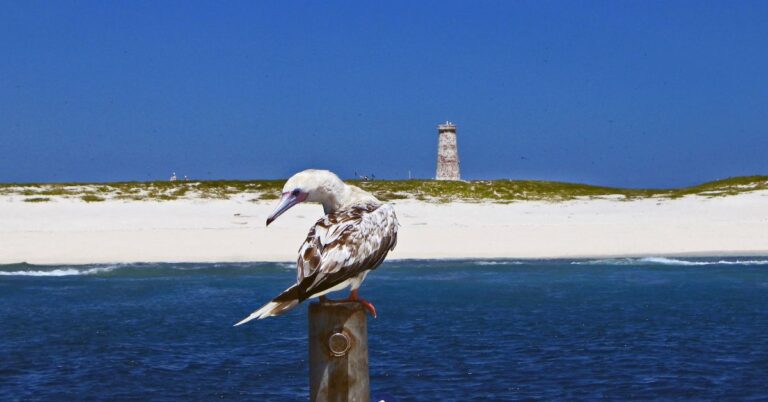15 Beaches That Are More Trouble Than They’re Worth
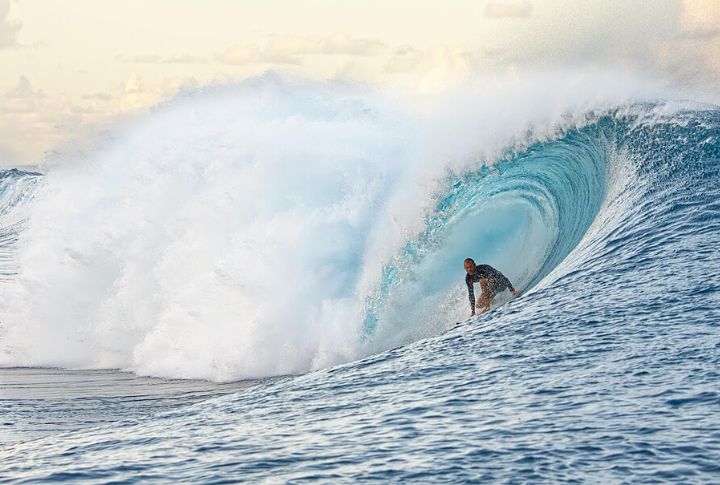
Sun, sand, and surf sound like the perfect combo—until you end up dodging trash piles or waves that treat swimmers like chew toys. Not every beach is a slice of paradise, and some should come with a warning label. So, let’s take a look at 15 beaches you’ll want to cross off your travel list.
Hanakapiai Beach, Hawaii

Legends of lost hikers echo beyond the trail. Hanakapiai’s remote location on Kauai’s Na Pali Coast means help won’t arrive fast. Once you hike two miles in, the sea greets you with calm looks and killer currents. Stick to the views, as the water’s just pretending to be friendly.
New Smyrna Beach, Florida
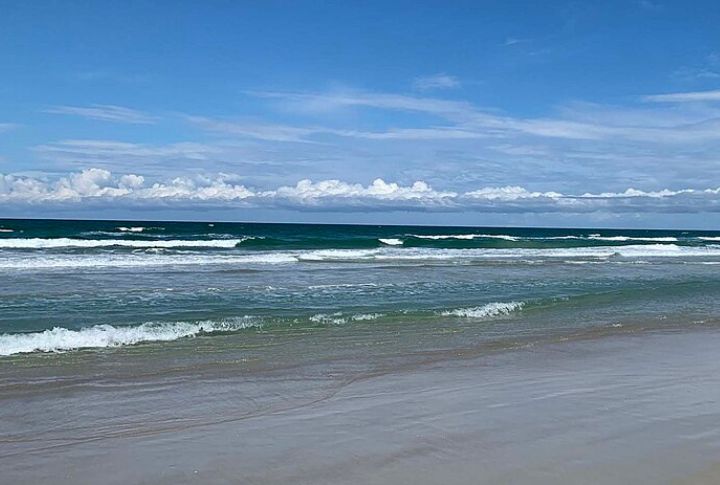
Surfboards get nibbled here. This Atlantic-side beach attracts baitfish, which in turn bring curious marine predators. Even paddleboarders have reported bump encounters. You can ride the waves all you want—just know something might be watching from below.
Boa Viagem Beach, Recife
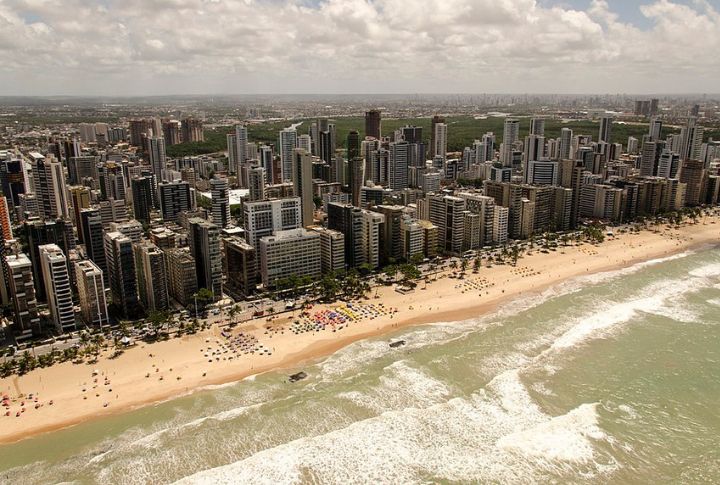
A shipping port changed everything. When massive construction shifted local marine routes, deepwater predators like bull sharks came closer to shore. Now, the shoreline is their hunting ground. You might admire the turquoise water, but they’re eyeing the shadows beneath your toes.
Skeleton Coast, Namibia
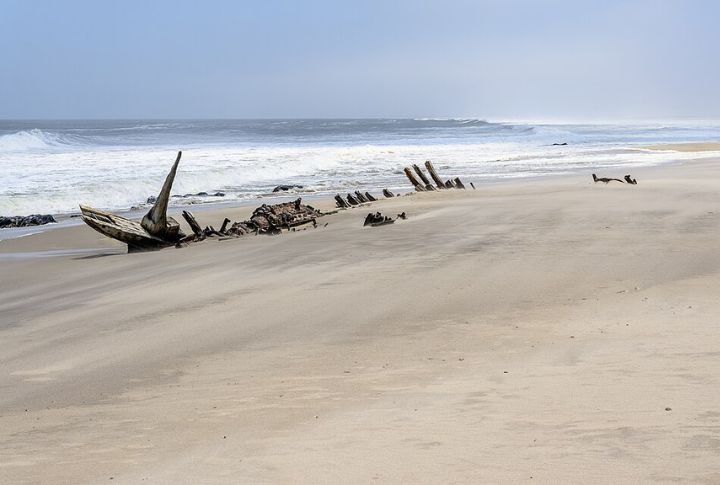
This beach feels more like a graveyard than a getaway. Along Namibia’s Skeleton Coast, shipwrecks rust in the sand, and whale bones bleach under the sun. While the haunting beauty draws in a few curious travelers, most would agree—it’s better admired from a distance than experienced barefoot.
Fraser Island, Queensland
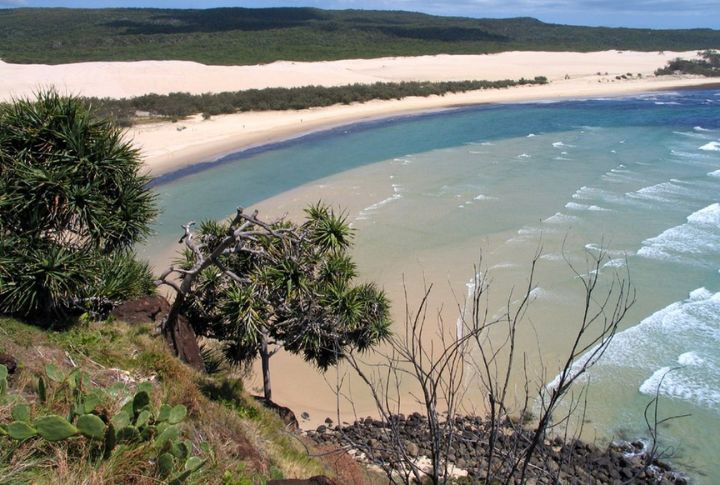
Fraser Island is a paradise with teeth. The sand is fine, and the waters are clear, but step in, and you’ll find strong riptides, stinging jellyfish, and even sharks cruising the shallows. Despite being World Heritage-listed, it’s more of a survival reality show than a beach holiday.
Playa Zipolite, Oaxaca
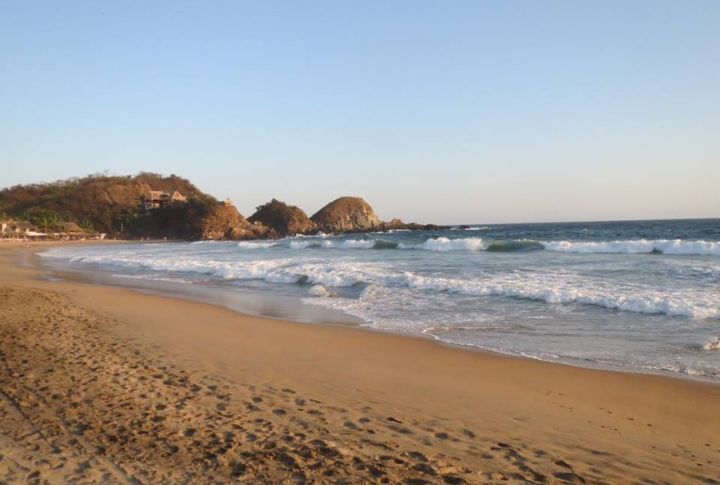
This beach wears its nickname, “The Beach of the Dead,” a little too proudly. Hidden along Oaxaca’s coast, Playa Zipolite lures in backpackers and free spirits with its laid-back vibe. However, beneath the chilled-out surface lies a deadly undertow, infamous for pulling swimmers under without warning.
Teahupo’o, Tahiti

This beach is home to one of the heaviest, most dangerous waves on Earth, an aquatic bulldozer that breaks over a razor-sharp reef just below the surface. Locals respect it. Pros fear it. Casual beachgoers? They stay well back.
Chowpatty Beach, Mumbai
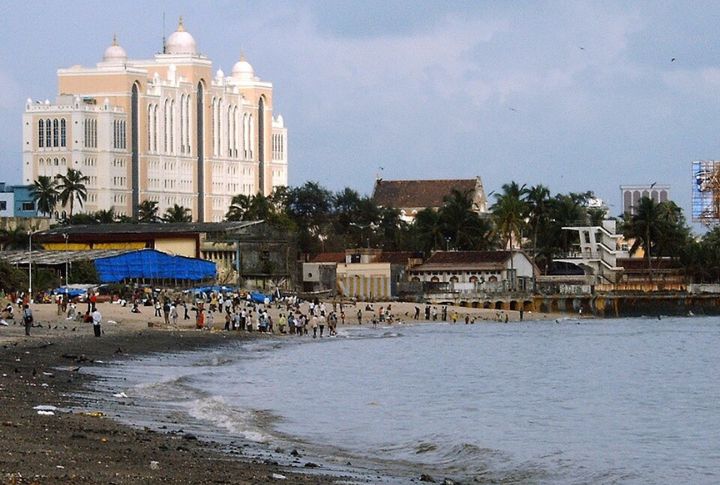
A beloved local hangout with a chaotic charm, Chowpatty Beach is more about street snacks than sunbathing. The sand? Littered. The water? Absolutely off-limits unless you’re keen on a medical mystery. Pollution levels here have turned the Arabian Sea into a no-go zone for swimmers.
Cape Tribulation, Queensland
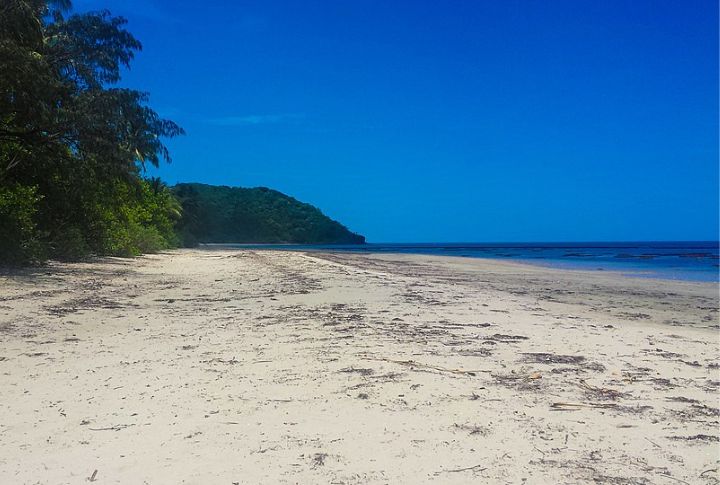
With a name like Cape Tribulation, you’ve been warned. This slice of tropical Queensland looks like a dream. However, the waters hide deadly jellyfish, crocs lurk in estuaries, and swimming is strongly discouraged for good reason. Even the beach itself feels like it’s waiting to ambush you.
Staithes Beach, Yorkshire
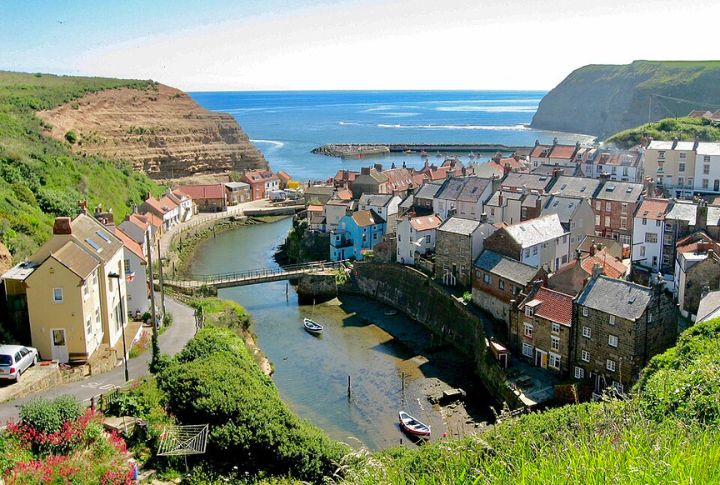
Think murky shallows and the occasional sewage warning—not exactly a place for a refreshing dip. The sand’s coarse, and the North Sea winds whip through like they’ve got a score to settle. It’s a lovely spot for coastal walks and fossil hunts, but if you’re hoping for a sunny beach day? Better head elsewhere.
Gansbaai, Western Cape
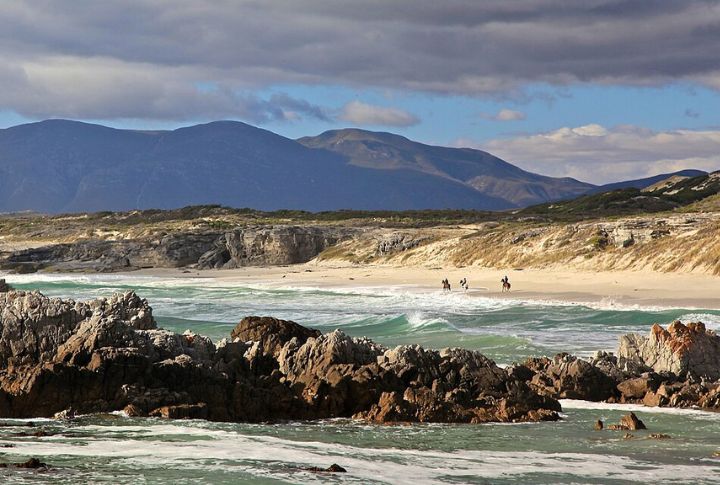
Gansbaai acts as the shark cage diving capital of the world. The waters are cold and crawling with great whites. Swimming? Absolutely not. Sunbathing? Maybe, if you don’t mind bracing winds and a salty chill. While thrill-seekers flock here for a glimpse of oceanic predators, beachgoers are in for a rude awakening.
Marley Beach, New South Wales
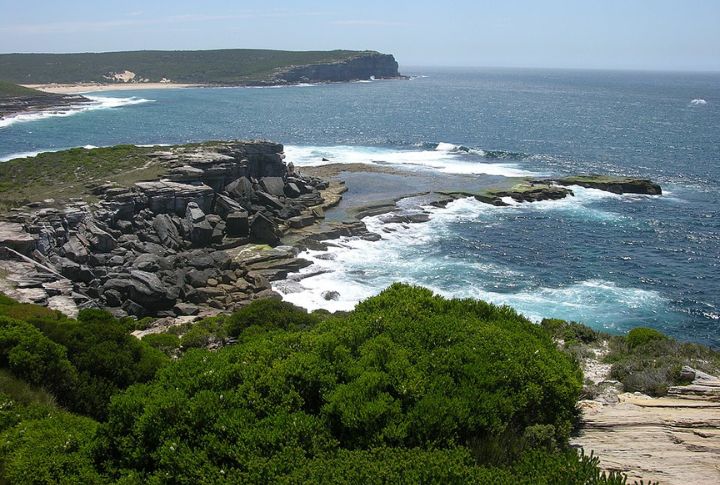
Isolated, untamed, and undeniably striking, Marley Beach is a beauty best admired from a distance. Dangerous rip currents and zero mobile signal make this a recipe for disaster if you’re not careful. It’s the kind of beach that is perfect for a windswept photo op, not for a dip.
Shipstern Bluff, Tasmania
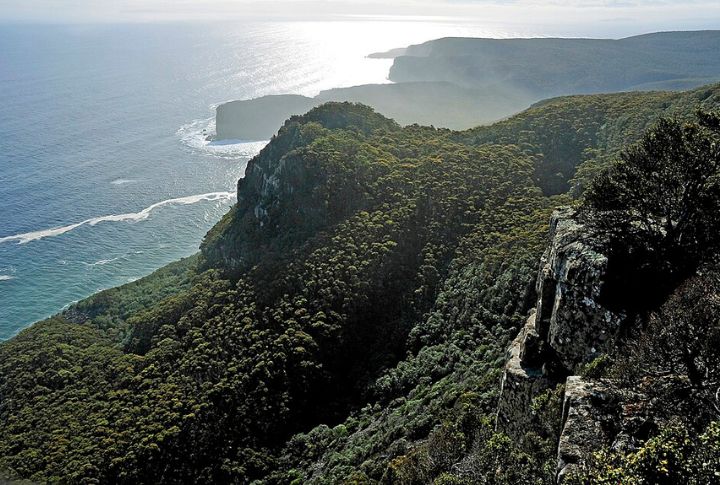
Set against Tasmania’s coastline, this beach is famous for its warped, step-like swells that even seasoned surfers approach with caution. The beach? Rocky, remote, and a brutal hike to reach. The waters? Frigid, sharky, and flat-out terrifying.
Bias Tugel Beach, Bali
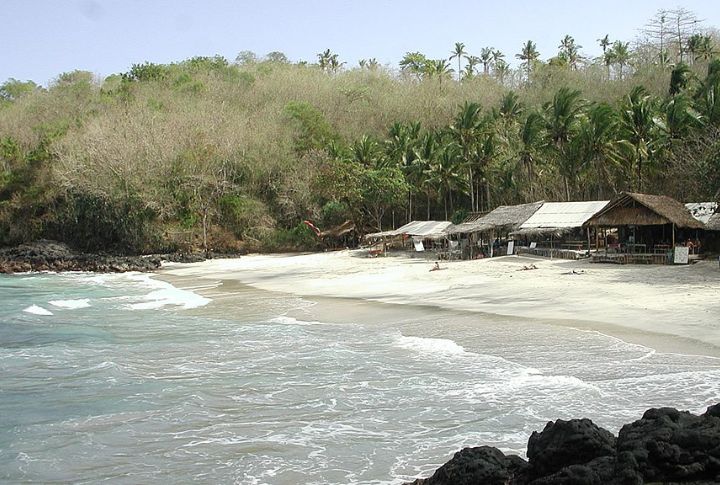
Bias Tugel lures visitors with promises of “hidden gem” serenity—but reality hits differently. The steep, rocky path down is a sweaty scramble, and once you arrive, you’re greeted by rough surf, unpredictable currents, and occasional trash drifting ashore.
Kilauea Black Sand Beach, Hawaii

If you ever find yourself strolling along Kilauea Black Sand Beach in Hawaii, don’t be fooled by its surreal beauty. It sits near an active volcano, and the sand, still warm in places, hides sharp volcanic glass shards. Lava haze drifts through the air. It’s breathtaking—and slightly toxic.





